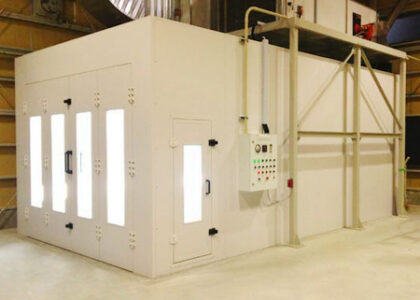
In recent years, the synthetic leather market has experienced a profound transformation, driven by a confluence of factors such as sustainability concerns, technological advancements, changing consumer preferences, and economic dynamics. This article delves into the key trends shaping the synthetic leather market on a global scale.
- Sustainable Materials Drive Innovation: With increasing environmental consciousness, there is a notable shift towards sustainable materials in the synthetic leather industry. Manufacturers are investing in research and development to create eco-friendly alternatives to traditional synthetic leather, utilizing materials like plant-based polymers, recycled plastics, and bio-based textiles. This trend is not only driven by consumer demand but also by regulatory pressures aimed at reducing carbon footprints and minimizing environmental impact.
- Technological Advancements Enhance Performance: Advancements in manufacturing technologies have significantly improved the quality and performance of synthetic leather products. Innovations such as 3D printing, nanotechnology, and advanced coatings have enabled the production of synthetic leather with enhanced durability, breathability, and aesthetic appeal. These technological breakthroughs are driving the adoption of synthetic leather across various industries including automotive, footwear, and upholstery.
- Growing Demand from the Automotive Sector: The automotive sector is emerging as a major consumer of synthetic leather, driven by the demand for lightweight, durable, and customizable interior materials. Synthetic leather offers automakers the flexibility to achieve desired designs, textures, and colors while meeting stringent performance standards. Additionally, the shift towards electric vehicles (EVs) and autonomous driving has created new opportunities for synthetic leather suppliers, as these vehicles require innovative interior materials that offer both comfort and functionality.
- Rising Popularity in Fashion and Apparel: Synthetic leather has gained traction in the fashion and apparel industry as a cruelty-free alternative to traditional leather. With the growing awareness of animal welfare and ethical concerns surrounding leather production, consumers are increasingly opting for synthetic leather products. Fashion brands are leveraging this trend by incorporating synthetic leather into their collections, offering stylish and sustainable alternatives to conventional leather goods.
- Asia-Pacific Emerges as a Key Market: The Asia-Pacific region has emerged as a prominent market for synthetic leather, driven by rapid industrialization, urbanization, and changing consumer lifestyles. Countries like China, India, and South Korea are witnessing a surge in demand for synthetic leather across various applications including automotive upholstery, footwear, and accessories. Additionally, favorable government policies, infrastructure development, and rising disposable incomes are further fueling market growth in this region.
- Customization and Personalization: Consumers are increasingly seeking personalized products that reflect their individual tastes and preferences. Synthetic leather manufacturers are responding to this demand by offering customization options such as embossing, printing, and color matching. This trend is particularly prominent in the luxury goods sector, where consumers are willing to pay a premium for bespoke synthetic leather products that resonate with their unique sense of style.
Unlock insights into the booming synthetic leather industry. Request a sample report: https://www.futuremarketinsights.com/reports/sample/rep-gb-4886
The synthetic leather market is undergoing a transformative phase, driven by sustainability, technological innovation, and evolving consumer preferences. As the demand for eco-friendly and high-performance materials continues to rise, the synthetic leather industry is poised for significant growth and expansion on a global scale. By embracing these trends and leveraging technological advancements, stakeholders can capitalize on emerging opportunities and stay ahead in this dynamic market landscape.
Market Outlook
The global synthetic leather market has witnessed substantial growth, reaching a market value of US$ 29.24 billion in 2023, and is projected to continue its upward trajectory, anticipating a market value of US$ 50.01 billion by 2033, with a steady compound annual growth rate (CAGR) of 6% during the forecast period from 2023 to 2033. This growth is attributed to the increasing demand for sustainable and technologically advanced synthetic leather materials across various industries such as automotive, fashion, and upholstery, driven by evolving consumer preferences, regulatory pressures, and technological innovations.
About Future Market Insights (FMI)
Future Market Insights, Inc. (ESOMAR certified, recipient of the Stevie Award, and a member of the Greater New York Chamber of Commerce) offers profound insights into the driving factors that are boosting demand in the market. FMI stands as the leading global provider of market intelligence, advisory services, consulting, and events for the Packaging, Food and Beverage, Consumer Technology, Healthcare, Industrial, and Chemicals markets. With a vast team of over 5000 analysts worldwide, FMI provides global, regional, and local expertise on diverse domains and industry trends across more than 110 countries.
Contact Us:
Future Market Insights Inc.
Christiana Corporate, 200 Continental Drive,
Suite 401, Newark, Delaware – 19713, USA
T: +1-845-579-5705
For Sales Enquiries: sales@futuremarketinsights.com
Website: https://www.futuremarketinsights.com
LinkedIn| Twitter| Blogs | YouTube

